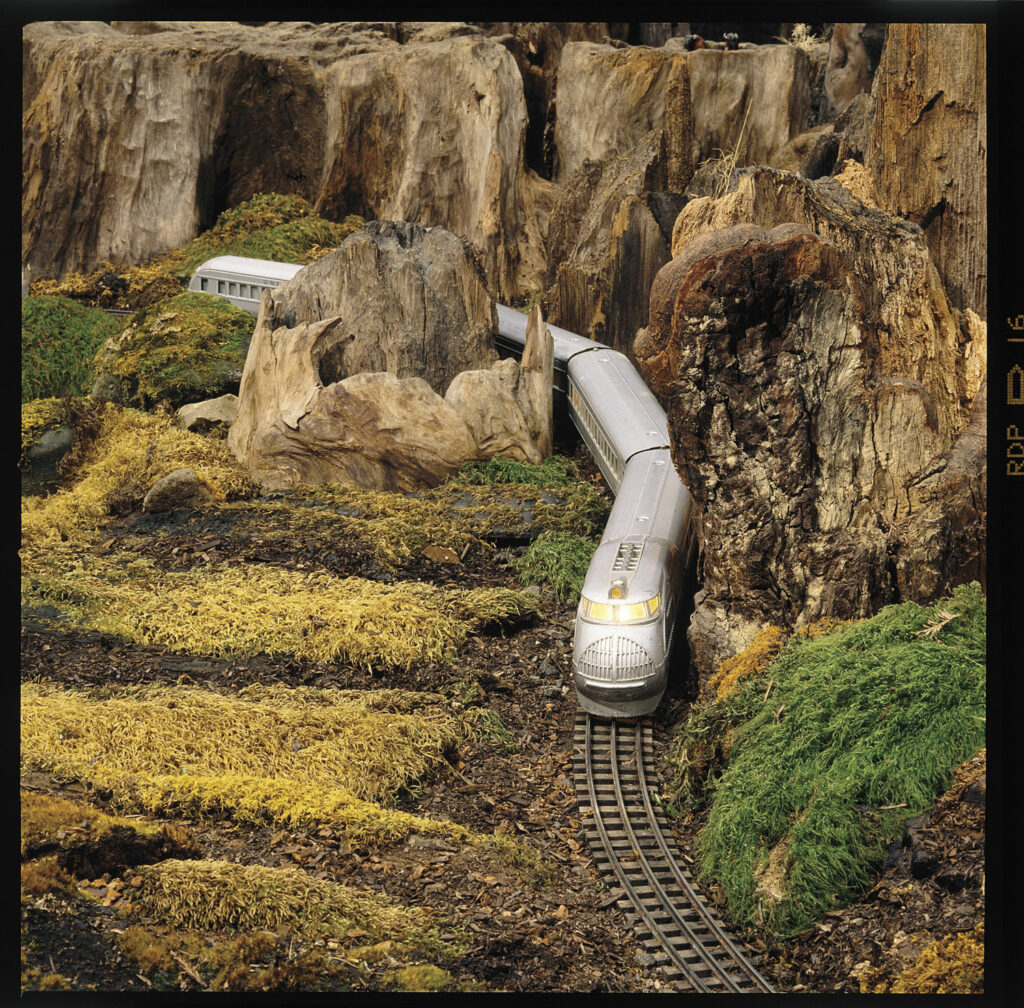
Neil Young’s O gauge railroad To begin, Neil created his layout, which covered approximately 1,000 square feet on his ranch in northern California, to run through an assortment of natural landscapes outside his home. That’s right – the unforgettable three-rail display was built not inside an immense train room but instead filled in space among […]
Read More…
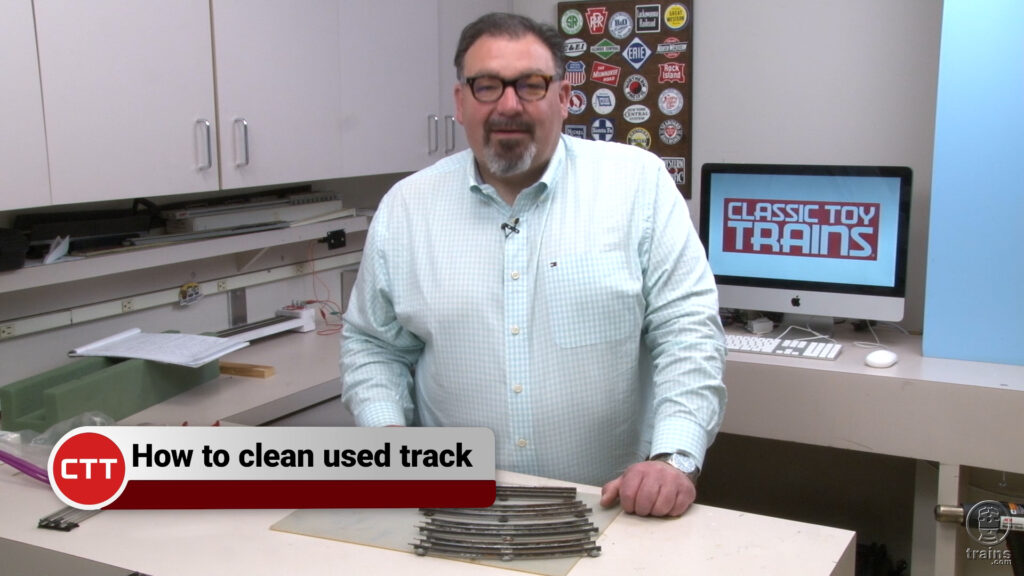
Bought or inherited a load of tubular track? CTT editor Hal Miller shows his method of cleaning it up and getting it ready for trains to run properly on. This technique will help get rid of dirt and light rust, and help modelers avoid a few pitfalls that could be detrimental to operation. […]
Read More…
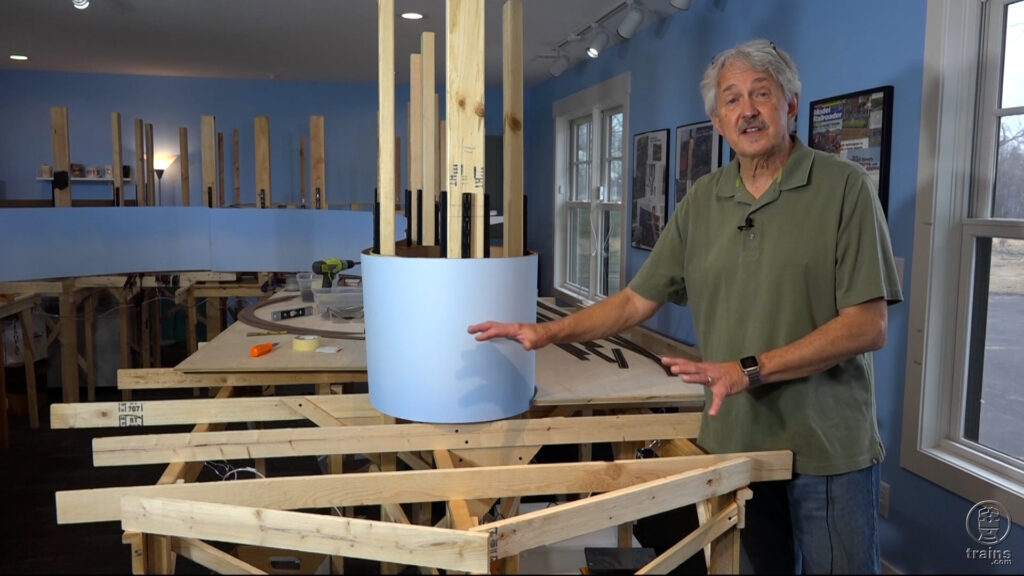
Back on Track gets back to the track! In this episode, host Gerry Leone shares his plans and process for adding a staging yard and switching area, including where and how to place key track switches to save valuable layout space. […]
Read More…

Series host Gerry Leone is definitely playing catch up in this episode, as he works to patch up a minor oversight. Watch to see how he corrects and simplifies the helix construction, and then presents a clever suggestion for looking back in time when building a new home or layout. […]
Read More…
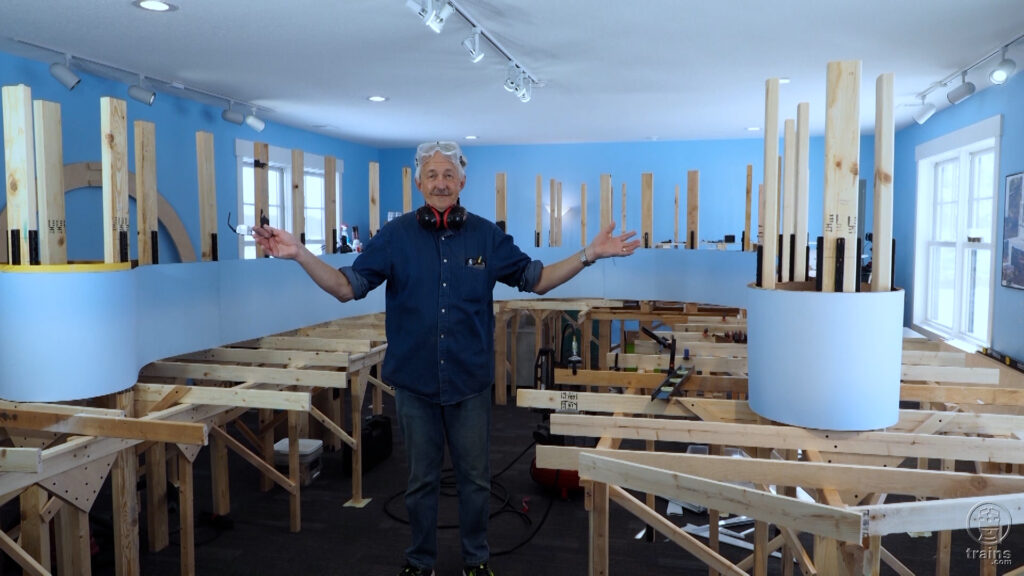
Bound and determined to build it better than his previous layout, Gerry walks through his evolved process for handling the installation of a hardboard backdrop. Plenty of neat tips and trick can be found in this and other episodes of Back on Track, an exclusive Trains.com series! […]
Read More…
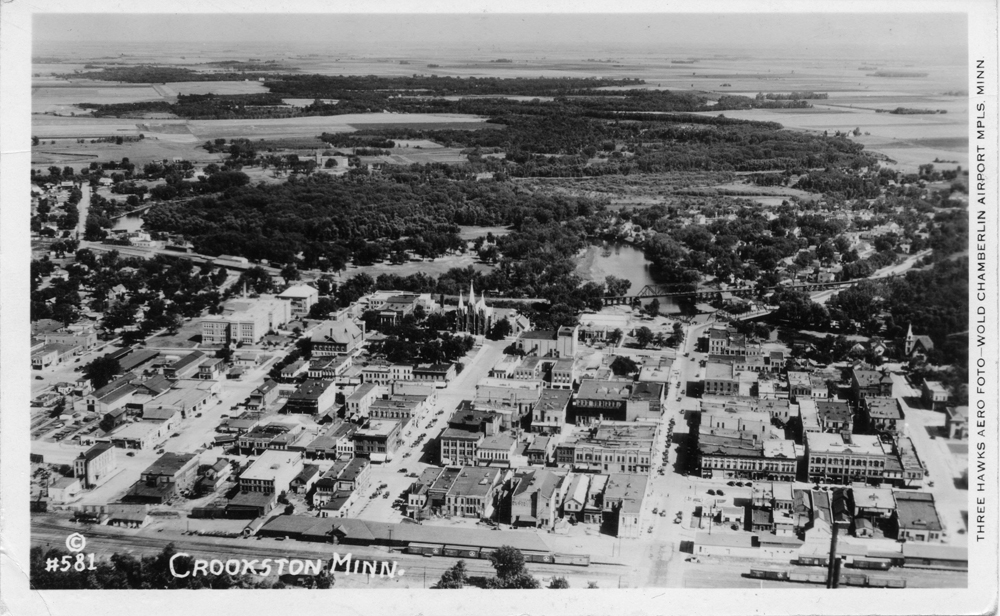
Welcome to the first of a three-part series where I’ll show you the various modeling information you can learn from postcards. The cards in this series are all from Crookston, Minn., my hometown and the focus of my modeling research. Similar postcards can be found for most communities. Online auction websites like eBay are a […]
Read More…
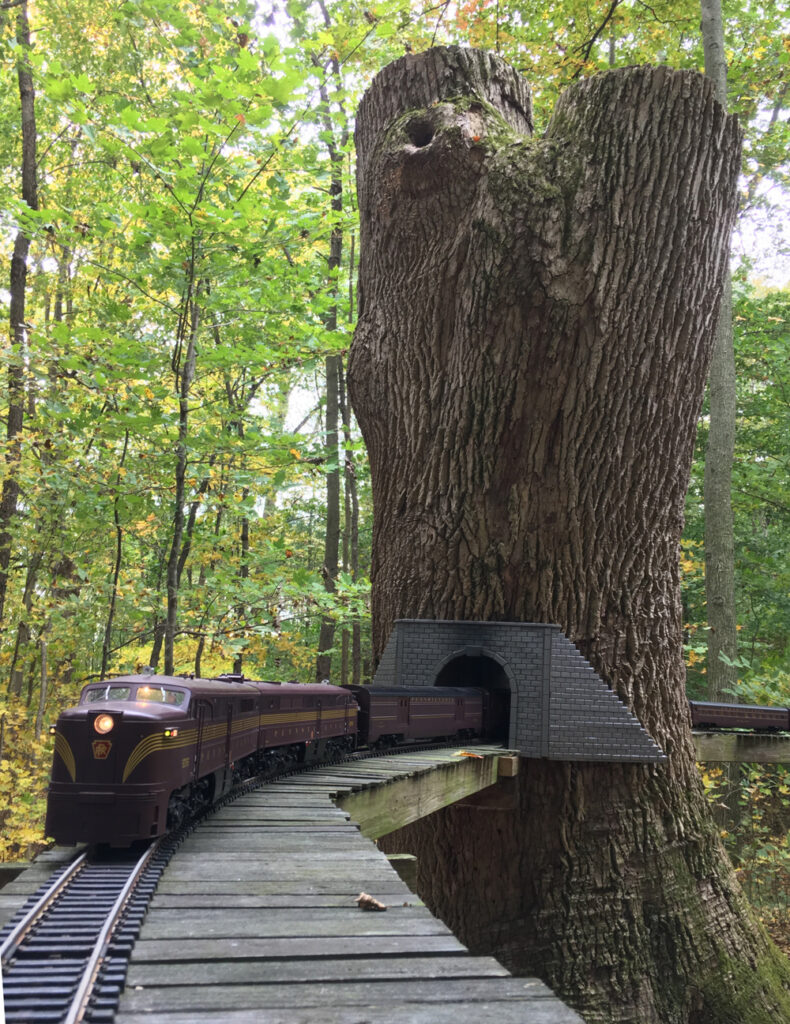
Why build a garden railroad tunnel portal Thanks to the invasion of the Emerald Ash Borer, several large ash trees had died and their falling limbs caused problems for the Blackstone RR Maintenance Dept., so I called in a professional. When the worker saw my trains, he offered to leave a 10-foot high, 40” diameter […]
Read More…
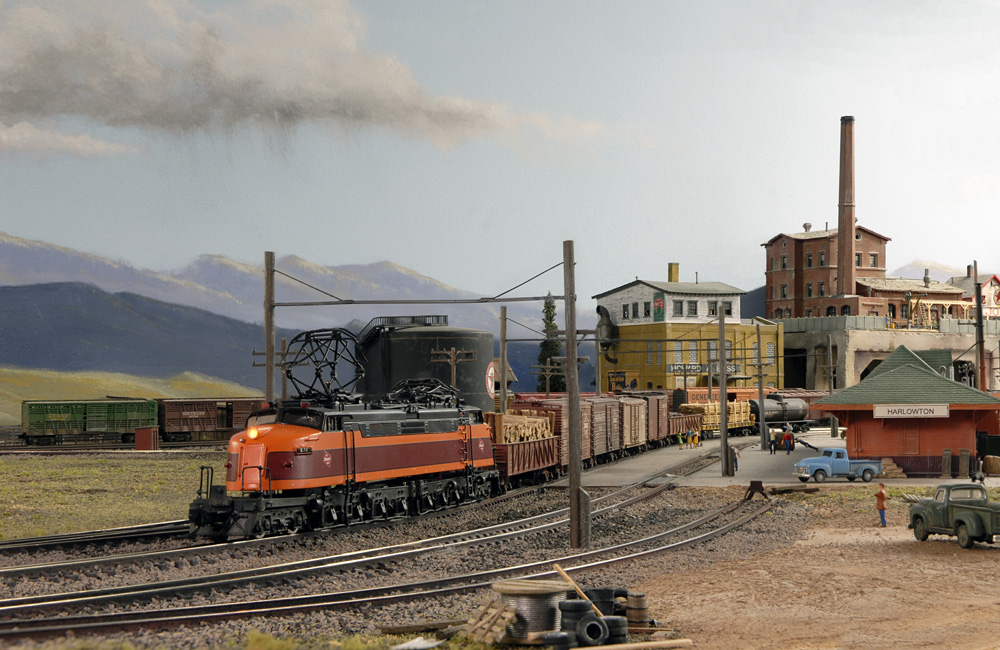
Trackside Photos is a showcase for the work of Model Railroader readers. Send your photos (digital images 5 megapixels or larger) to: Model Railroader, Trackside Photos, P.O. Box 1612, Waukesha, WI 53187-1612; or upload them to http://fileupload.kalmbach.com/contribute. For our photo submission guidelines, contact associate editor Steven Otte at sotte@mrmag.com. […]
Read More…

If you’ve been trackside in the past five or six years, you’ve probably noticed blue metal signs at grade crossings. These are called Emergency Notification System signs, or ENS for short. The top two lines of the sign read “Report problem or emergency.” Hazard may be used in place of problem in some instances. Below […]
Read More…
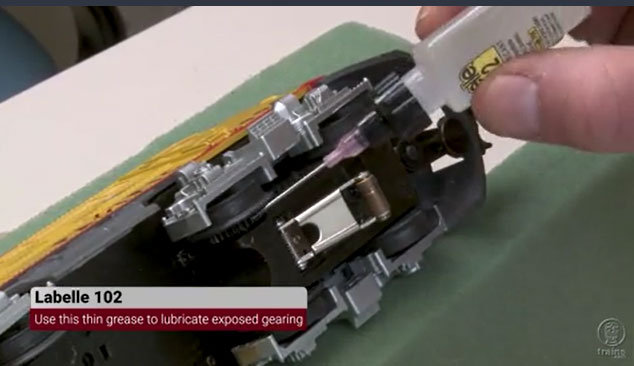
In this Workbench Minute video, CTT editor Hal Miller shows the basics of locomotive lubrication with O gauge diesel. The techniques are also useful on steam engines and locomotives in S gauge, too. He shows what to use (and where to get it), where to use it, and reinforces the idea that less is more […]
Read More…
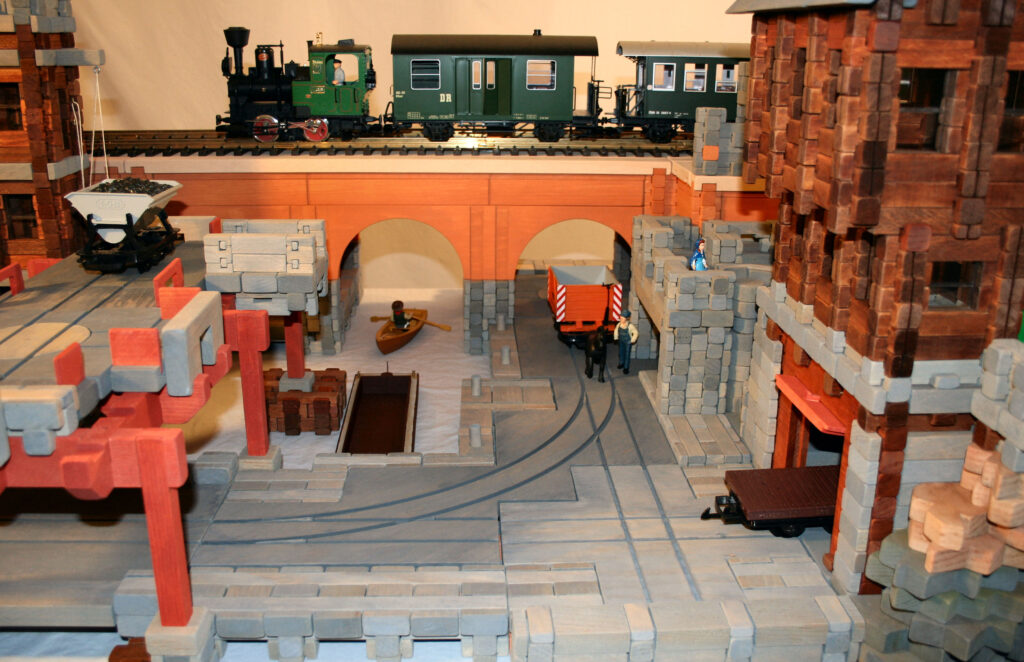
When I was young, I had an American Flyer train and a set of American Plastic Bricks (interlocking toy bricks made in the 1960s). I liked running the train, but I was particularly drawn to the bricks. I could easily build something, tear it down, and build something else. Years later, I built an […]
Read More…

When I first moved to Wisconsin to start working for Model Railroader, my family and I were in a two-bedroom apartment. I had built a freelanced Pennsylvania RR layout in my apartment back in Pennsylvania that filled a 7 x 11-foot section of our long apartment living room. It was basically a donut, with a […]
Read More…












